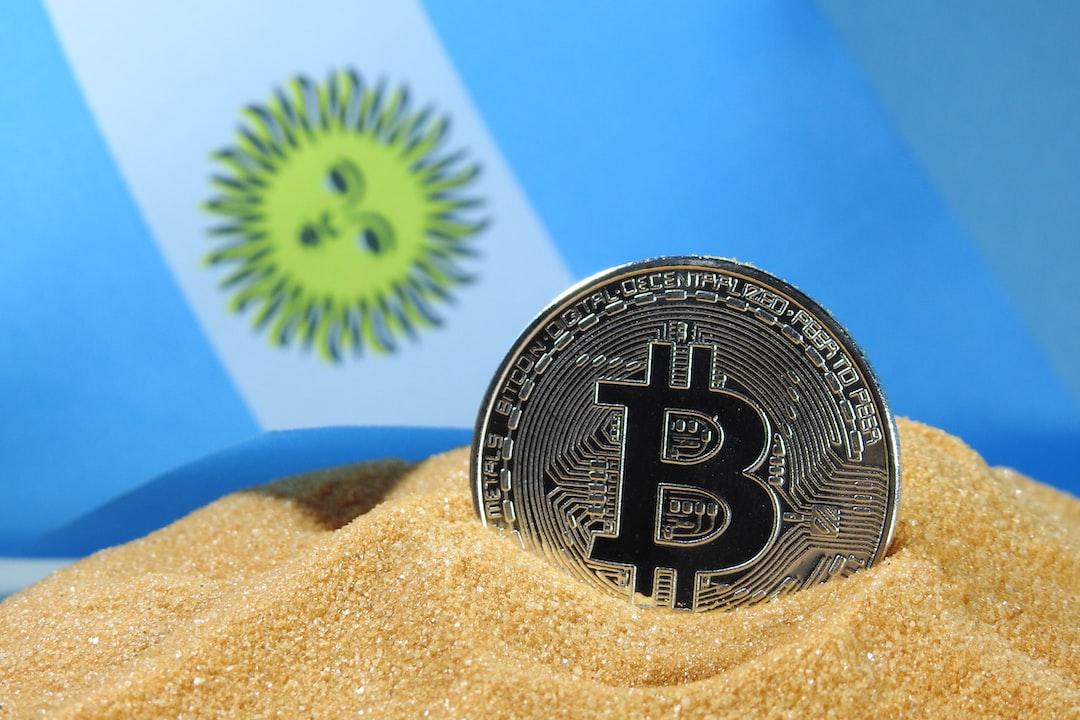Is “Digital Gold” Underestimating Bitcoin’s True Value?
Labeling Bitcoin as “digital gold” is a misunderstanding of this revolutionary form of currency. This characterization simplifies Bitcoin to merely a store of value, obscuring its deeper technological advantages and financial potential.
Analogy is a common way for humans to understand new concepts. Faced with the unprecedented idea of Bitcoin, people naturally seek a reference model. Before the general public deeply understands the underlying mechanisms of Bitcoin, “digital gold” is undoubtedly an intuitive and easily accepted analogy. Bitcoin is scarce, universally applicable, and serves as a store of value, making it seem logical to refer to it as “digital gold.”
This narrative has driven adoption at the institutional and sovereign levels, and it was even included in the first paragraph of President Trump’s executive order regarding the establishment of a strategic Bitcoin reserve: “Given its scarcity and security, Bitcoin is often referred to as ‘digital gold.’
This is an undeniable achievement. However, if Bitcoin is to realize its true potential, this narrative must be updated.
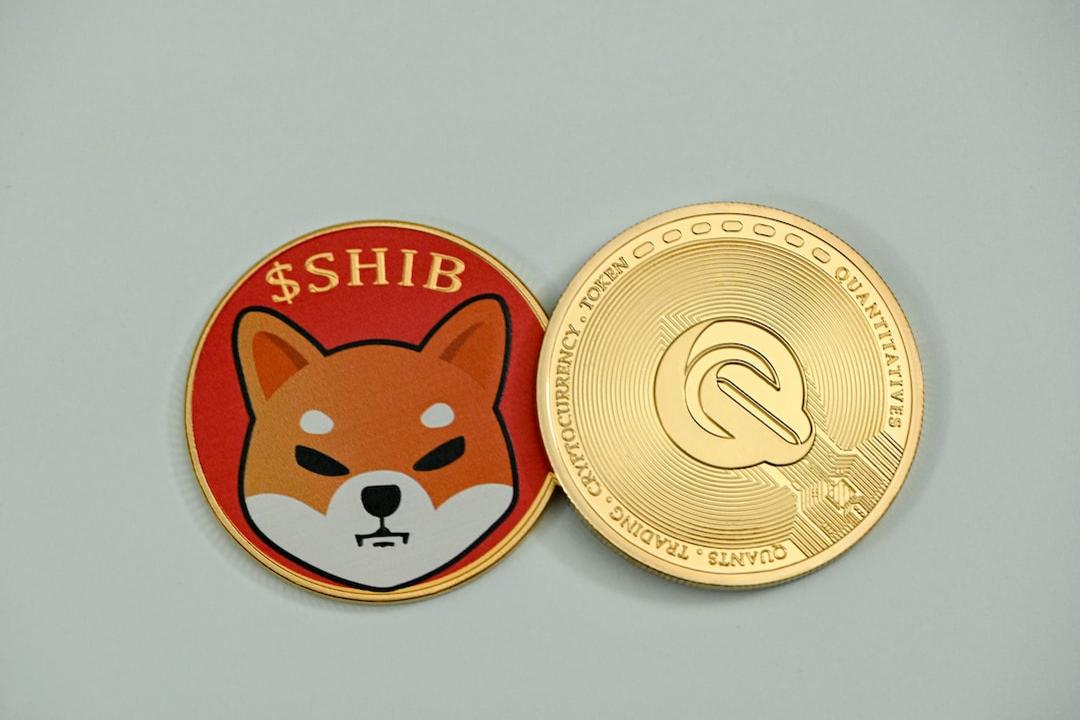
Bitcoin is Not “Digital Gold.”
Equating it with gold undermines a currency innovation that fundamentally disrupts traditional financial systems. The fundamental properties of Bitcoin render the qualities that gold boasts as outdated, while it is faster, safer, and more decentralized than fiat currency.
Scarcity and Limitation
The reason gold has long served as a store of value lies in its scarcity. Over the past century, gold’s annual production has only increased by about 1% to 2%. The difficulty of exploration, coupled with high labor, equipment, and environmental costs, makes large-scale expansion economically unfeasible.
This naturally occurring supply constraint has granted gold its monetary status since 3000 BC. In ancient Rome, the price of a fine toga was equivalent to the amount of gold needed for a tailored suit today, demonstrating its stable value.
However, in the age of Bitcoin, using an asset with supply fluctuations as a measure of value seems outdated. Bitcoin is not scarce; it is “limited.” Its total supply is forever capped at 21 million coins, and it will not increase due to technological breakthroughs or cosmic mining.
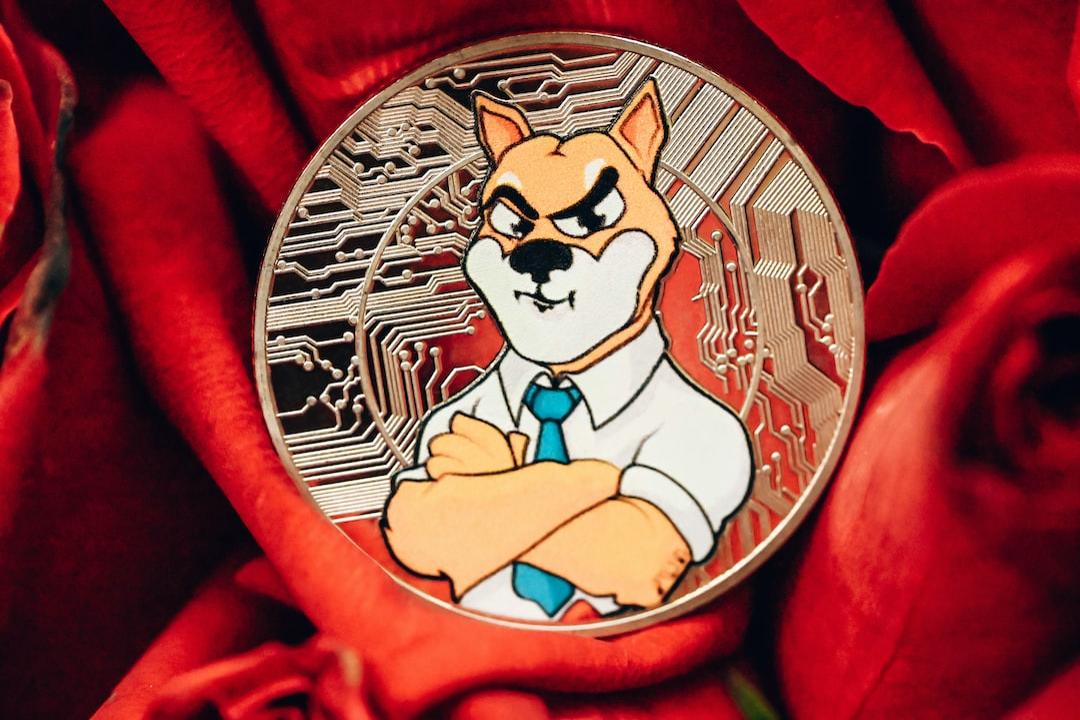
Through mathematical and technological means, humanity now possesses a tradable currency with a fixed total supply, whose significance far exceeds what “digital gold” can encompass.
Divisibility
Although gold can be cut, it cannot be termed “highly divisible.” Only under conditions equipped with saws, laser devices, and precise scales can it barely possess this characteristic. Thus, gold is suitable for large transactions but difficult for everyday payments.
At current market prices, 1 gram of gold is valued at about $108. If one were to pay for a sandwich with gold, it would require scraping off a corner, which is clearly impractical in reality.
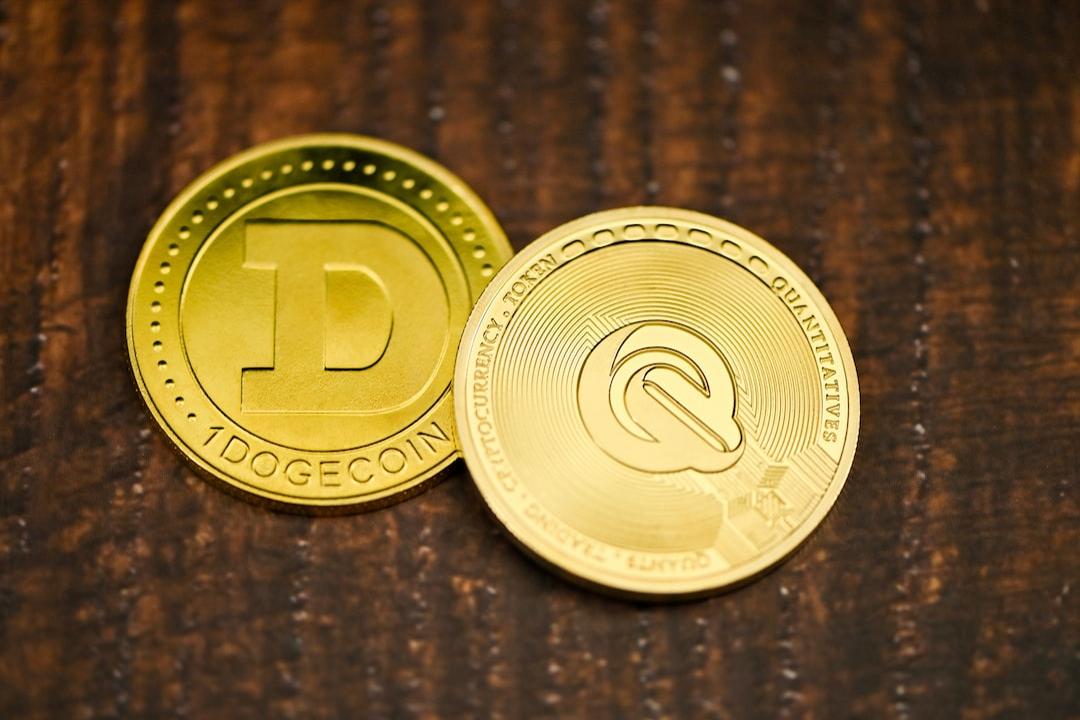
Historically, humans have resolved this issue by issuing coins with a defined metal content. However, this also opened the door to currency devaluation.
For example, the stater coins minted in Lydia around 600 BC were initially made from electrum (a gold-silver alloy) with a gold content of about 55%. After being conquered by the Persian Empire in 546 BC, coins gradually had their gold content mixed with base metals like copper to lower the gold content. This practice led to a decline in the coins’ actual value, and by the end of the 5th century BC, their gold content had dropped to only 30%-40%.
The inability of gold as an asset to achieve true divisibility has resulted in its ineffective long-term utilization throughout history. For small transactions, citizens often exchanged gold for 1:1 coins issued by the government, and this mechanism frequently led to dilution of currency value due to elite control and the collapse of social trust.
No gold-backed monetary system in history has ultimately avoided devaluation. The practical need for microtransactions forced the public to rely on state-issued paper money and small denominations, thereby losing control over their wealth.
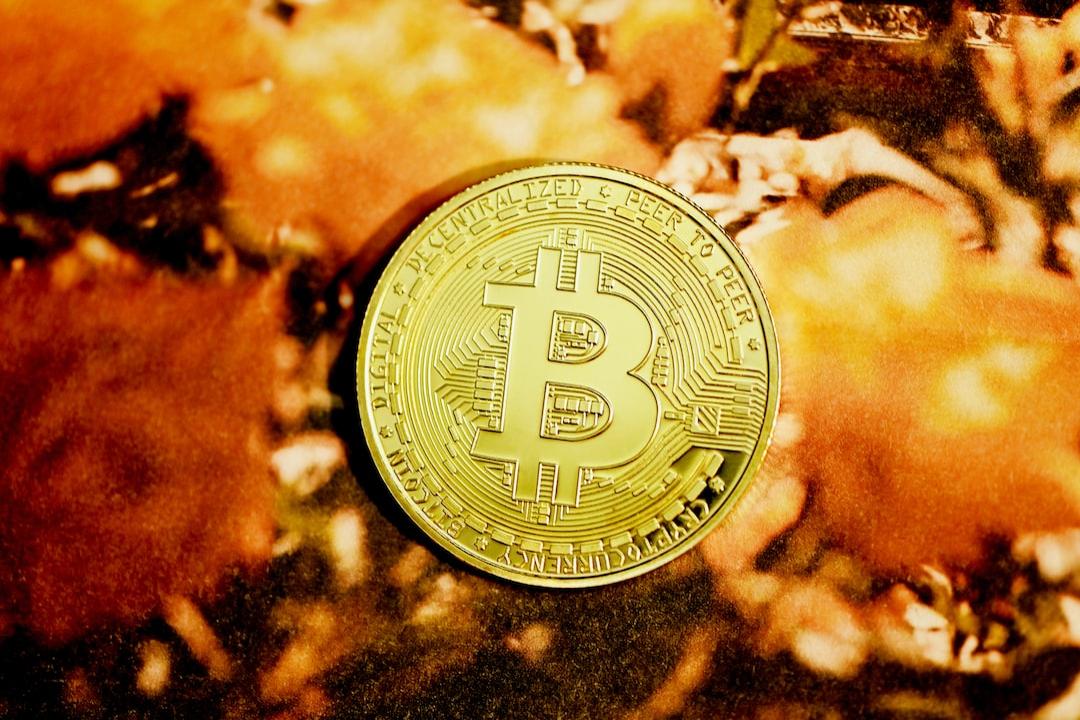
Bitcoin has achieved a fundamental breakthrough in this regard. Its smallest unit, “satoshi,” equals one hundred millionth of a Bitcoin. Currently, 1 satoshi is worth about $0.001, surpassing the divisibility of the US dollar. Bitcoin transactions do not require any institutional or governmental intermediaries, allowing users to always transact using the smallest denomination directly, making it a truly intermediary-free currency system.
Thus, comparing gold with Bitcoin in terms of divisibility and denomination has become almost laughable.
Auditability
The last time the US government formally audited its gold reserves was in 1974. At that time, President Ford allowed reporters to enter Fort Knox in Kentucky to inspect the vault, and there were no discrepancies. But that was half a century ago.
To this day, speculation continues about whether the gold at Fort Knox remains intact. Recently, there were even rumors that Musk would live-stream the audit process, but this “upcoming” audit quickly fell through.

Unlike the rare and infrequent human audits of gold, Bitcoin’s verification is automatic. Through the proof-of-work mechanism, a new block is added every ten minutes, and the system automatically verifies transaction validity, total supply, and consensus rules.
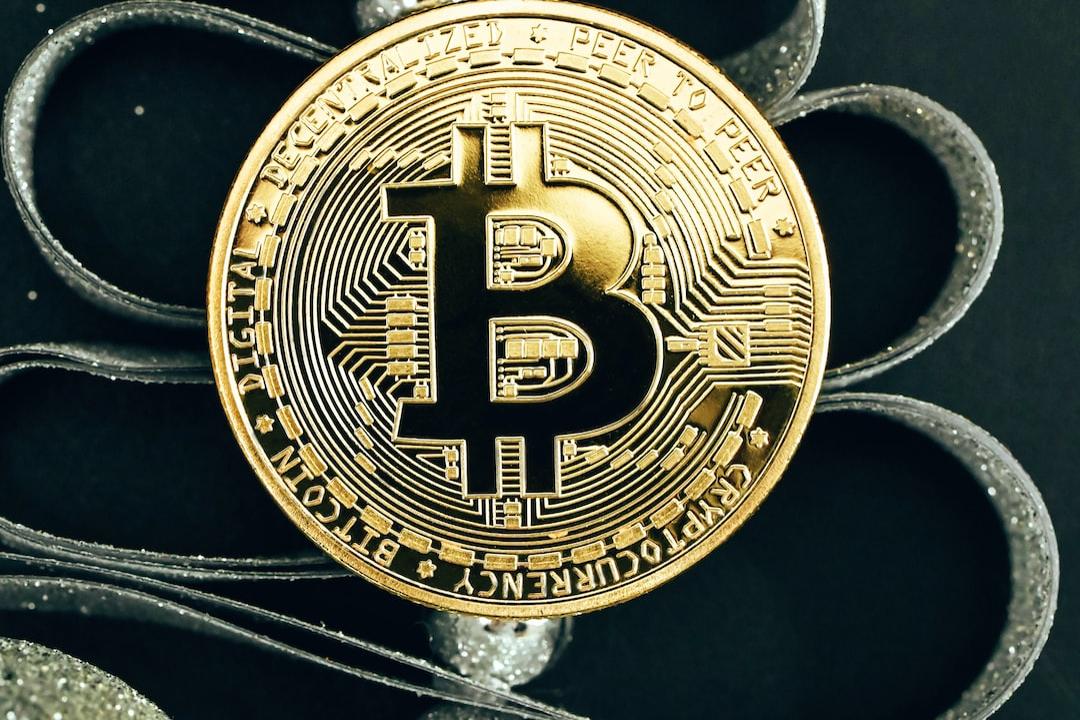
Compared to the third-party trust mechanisms that traditional audits rely on, Bitcoin achieves on-chain verification that is trustless and transparent. Anyone can independently verify blockchain data in real-time, making “Don’t trust, verify” the consensus principle of Bitcoin.
Portability
The portability of Bitcoin goes without saying. Gold is bulky and heavy, requiring specialized ships or planes for cross-border transportation. Bitcoin, however, resides in wallets, and regardless of the amount, its “weight” remains zero.
But Bitcoin’s true advantage lies not in its lightweight nature, but in its lack of need for physical “movement.” Receiving a gold payment in reality means incurring transportation costs and the risk of intermediary trust. In cross-border transactions, the involved third parties include transaction facilitators, export logistics teams, transport personnel, recipients, and custodial institutions, making each link a part of the trust chain.
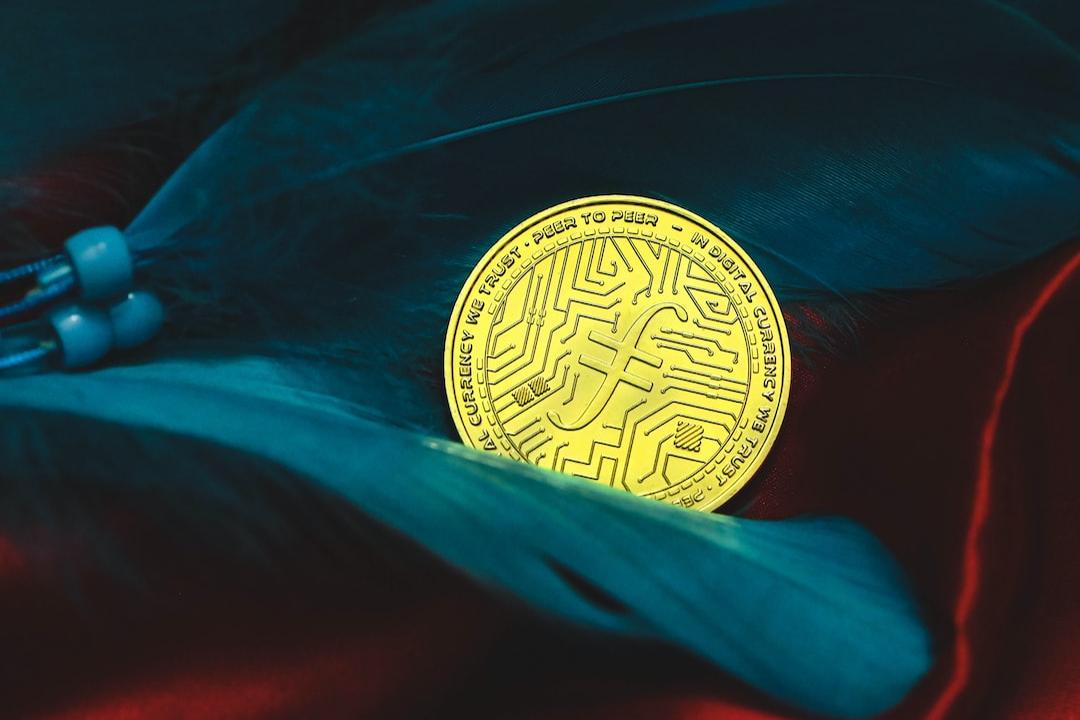
Bitcoin, on the other hand, requires no intermediaries. Users can complete cross-border payments directly through the blockchain, with the entire transaction being publicly verifiable and devoid of fraud risks. This marks the first time humanity genuinely possesses “electronic cash.”
As Conor Mulcahy from Bitcoin Magazine pointed out, “Electronic cash is a type of currency that exists only in digital form and is used for peer-to-peer transactions. Unlike electronic currencies that rely on banks and payment processors, electronic cash mimics the anonymity of physical cash and direct exchange characteristics.”
Before the advent of Bitcoin, non-face-to-face peer-to-peer transactions remained a theoretical hypothesis. Those who believed that “invisible and intangible is not real” will gradually be phased out in this accelerating digital age.
Not All Bitcoin “Adoption” is Worth Celebrating
If the goal is merely to drive up Bitcoin’s price, then the “digital gold” narrative is indeed effective; governments, institutions, and individuals will continue to enter the market, and prices will keep climbing.
However, if Bitcoin is viewed as a technological revolution that changes the order of freedom, its propagation must be rethought. To position Bitcoin at the core of the global financial freedom system, it is essential to educate those who have yet to encounter Bitcoin, conveying its uniqueness rather than relying on simplified metaphors.
Bitcoin deserves to be recognized as a wholly new form of currency, rather than a digital substitute for gold.
This article is co-published by: PANews

